Introduction
This comprehensive guide covers everything you need to know about autonomous mobile robots and their applications.
You'll discover:
- What defines an Autonomous Mobile Robot
- The various types of Autonomous Mobile Robots
- How these robots operate
- Practical applications of Autonomous Robots
- Key differences between AMRs and AGVs
- And much more...

Chapter One: Understanding Autonomous Mobile Robots (AMRs)
An autonomous mobile robot (AMR) is a self-powered device designed to perform repetitive tasks using its internal guidance system. These robots navigate environments through advanced mapping and software technologies that allow them to perceive and understand their surroundings. Equipped with sensors, artificial intelligence, machine learning, and computer algorithms, AMRs can detect and avoid obstacles effectively.
AMRs continuously monitor their environment using sensors to identify potential hazards. When obstacles are detected, they autonomously calculate and follow optimal routes to bypass them. During initial deployment, AMRs utilize mapping technologies like visual SLAM (Simultaneous Localization and Mapping) to make real-time navigation decisions based on environmental data.
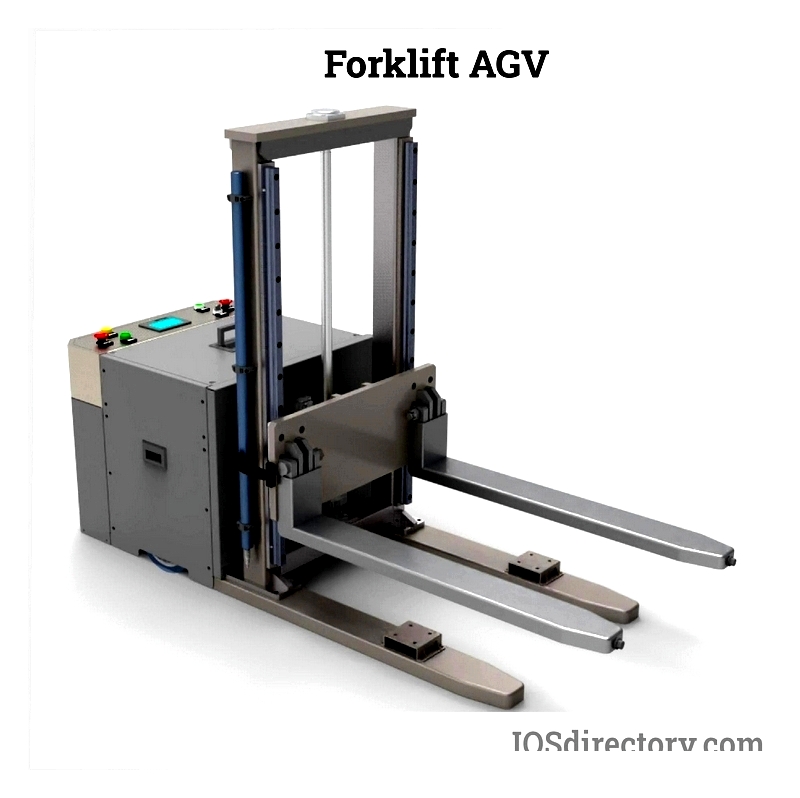
AMRs are often described as having "vision" capabilities due to their use of LiDAR (Light Detection and Ranging) technology. This system employs pulsed laser sensors to measure distances, giving AMRs precise awareness of their position and surrounding objects. Serving as the robot's "eyes," this technology is essential for accurate navigation in various environments.
Chapter Two: Types of Autonomous Mobile Robots
To meet growing demands in distribution and warehousing, the logistics industry has increasingly adopted automation solutions. Traditional methods like manual picking and operator-driven forklifts lack the speed and scalability required for modern e-commerce. Consequently, warehouses have evolved through smarter robotic technologies that improve efficiency and accuracy.
Initially, Automated Guided Vehicles (AGVs) addressed industrial automation needs by following predefined paths marked by tapes or wires. While AGVs enhanced order fulfillment, their fixed-path limitations made them inflexible for dynamic environments.
With advancements in AI and robotics, Autonomous Mobile Robots (AMRs) emerged as superior solutions. Unlike AGVs, AMRs utilize sensors, LiDAR, and intelligent navigation to move freely, dynamically plotting paths while avoiding obstacles. This flexibility offers significant advantages in warehouse automation, delivering better productivity and return on investment.
AMRs differ from AGVs in their adaptability and autonomy. They can optimize routes in real-time, handle complex tasks, and adjust behavior based on real-time data. Their sophisticated path-planning improves workflow efficiency and integrates seamlessly with warehouse management systems.
Inventory Transport
Robotic inventory systems form the backbone of warehouse automation, handling time-consuming tasks that previously required extensive manual labor. Innovations like robotic arms and vision-guided systems have dramatically improved productivity and order accuracy while managing higher product volumes.
In fulfillment centers, core activities include storage, picking, and shipment preparation. AMRs optimize goods movement, reducing travel times and increasing operational scalability. They're particularly effective in transporting inventory between receiving docks, storage areas, and shipping zones.
Order picking, traditionally labor-intensive, becomes more efficient with AMRs. Instead of workers walking long distances, AMRs retrieve and deliver items, implementing "goods-to-person" workflows that boost speed and ergonomic safety. This automation significantly accelerates processing to meet modern delivery standards.
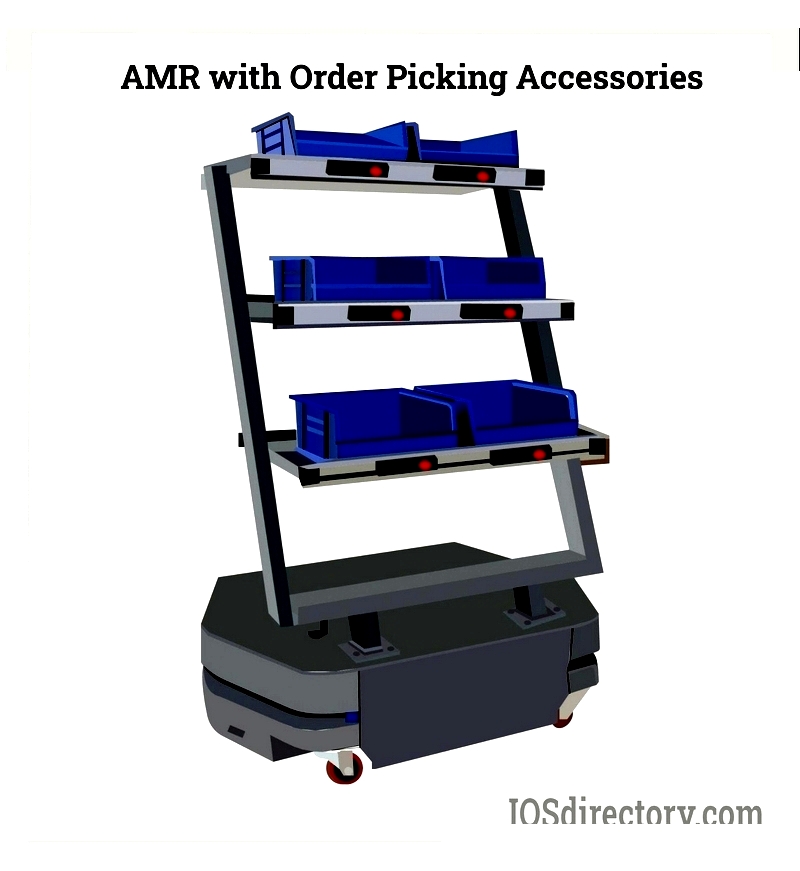
In zone picking, AMRs navigate to assigned warehouse zones where workers guided by digital systems load required items. The AMRs then proceed to subsequent assignments, optimizing batch picking and cross-docking operations.
Sortation
AMRs have become essential for warehouse sortation, particularly in e-commerce hubs. They support various handling technologies including tilt-tray sorters and conveyor systems for high-volume processing. Multi-bot fleets can aggregate, sort, and route inventory automatically while collaborating with human operators.
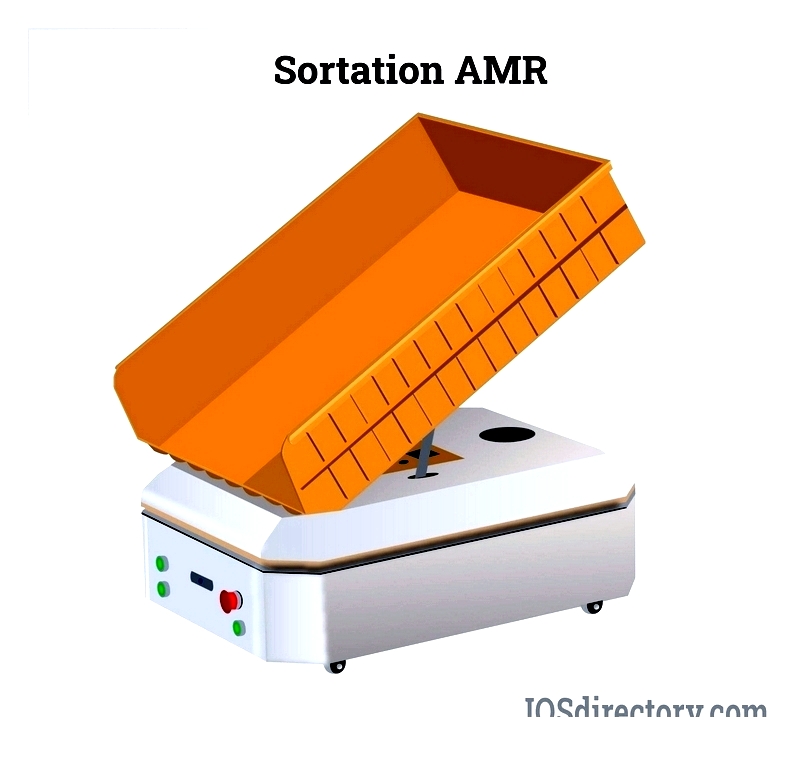
Modern AMRs excel in both primary and secondary sortation processes. Primary functions involve parcel distribution into bins, while secondary sortation consolidates items for shipment. Smart sensors and barcode scanners ensure accuracy throughout the workflow.
Sortation AMRs often feature tilt trays or cross-belt modules. When scanning a barcode, the AMR positions itself correctly before releasing items onto conveyors or into containers. They then autonomously deliver consolidated orders to shipping areas.
Beyond outbound shipping, sortation AMRs streamline returns processing. Operators scan returned items, and AMRs route them to appropriate locations. Their software can be reconfigured for other warehouse functions, maximizing utility.
Inventory
Accurate inventory control is crucial for supply chain optimization. Traditional manual counts were labor-intensive and prone to errors. Modern robotics solutions employ machine vision and RFID for real-time stock visibility.
Inventory scanning AMRs handle put-away, replenishment, and cycle counts while identifying discrepancies. Cameras and RFID readers record SKU locations, integrating with warehouse management systems for near real-time accuracy. This supports demand forecasting and reduces stock-related risks.
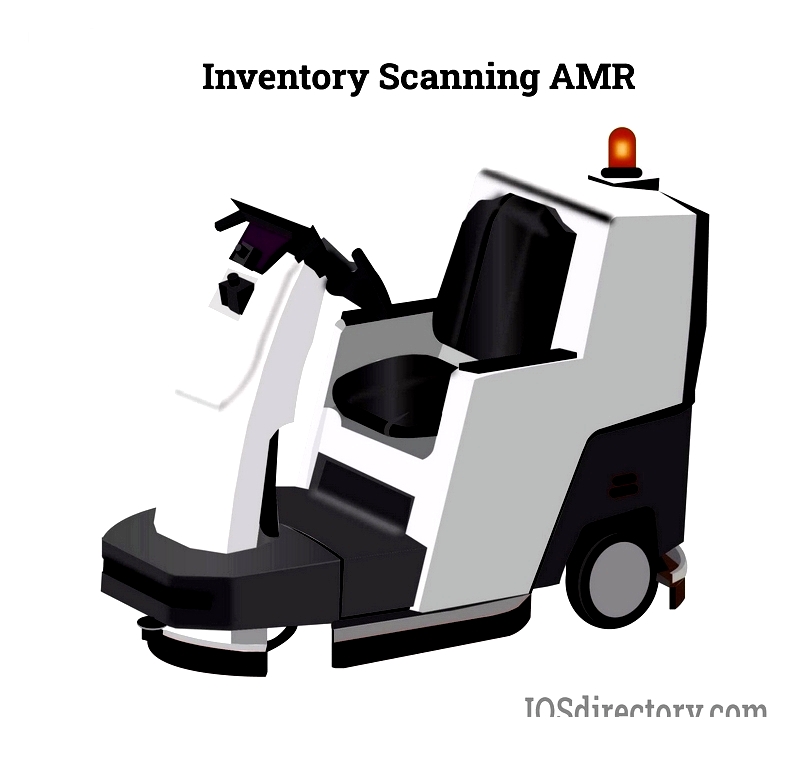
AMR scanners are particularly valuable in fast-moving fulfillment centers requiring frequent cycle counts. They validate put-away actions and reconcile digital records with physical inventory, minimizing production downtime and losses.
Collaboration (Cobot)
Collaborative AMRs (cobots) work alongside humans to complete diverse tasks. Engineered with safety features like obstacle detection and emergency stops, they operate without isolation barriers. Their adaptable programming suits mixed-task environments in assembly or fulfillment areas.
Human-AMR collaboration ranges from light interactions to shared workspaces. Cobots deliver components, replenish supplies, or remove finished goods. Some models learn worker preferences to improve task assignments.

Cobots execute complex workflows like dynamic picking and real-time inventory counting, integrated with enterprise systems. They reduce worker fatigue while allowing staff to focus on value-added activities.
Unlike fully autonomous AMRs, cobots serve as assistants, adapting actions to support human goals in critical applications.
Storage Picking
Storage picking AMRs are essential for automated warehouses handling diverse SKUs. They access goods at multiple heights using specialized racking systems, accelerating fulfillment while optimizing storage density.
Successful deployment requires customized racking configurations considering ceiling height, aisle width, and robot integration. Operations range from small sites to large hubs with hundreds of AMRs, allowing scalable automation.

Hospitality
AMRs are transforming hospitality, retail, and healthcare sectors. In hotels and hospitals, they handle floor cleaning, delivery, and waste collection, addressing labor shortages while improving service consistency.
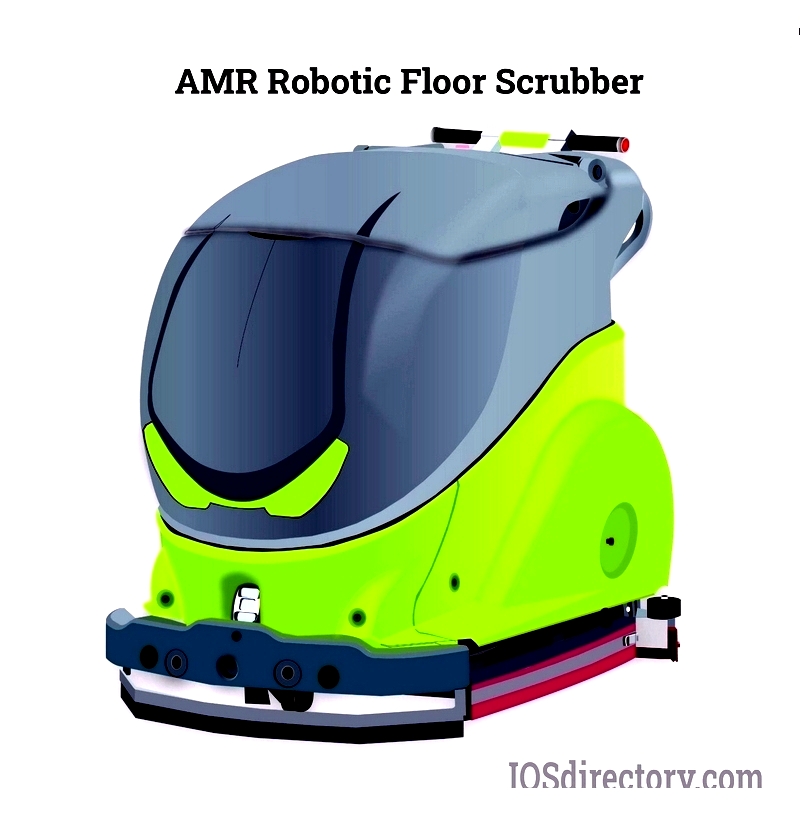
While adoption is early, innovations like touch-free delivery and property management integration are enhancing guest experiences and operational efficiency.
Forklifts
AMR forklifts perform traditional forklift functions with added safety and efficiency. Using 3D vision and AI-driven collision avoidance, they operate safely alongside workers without human drivers. These systems enable continuous




